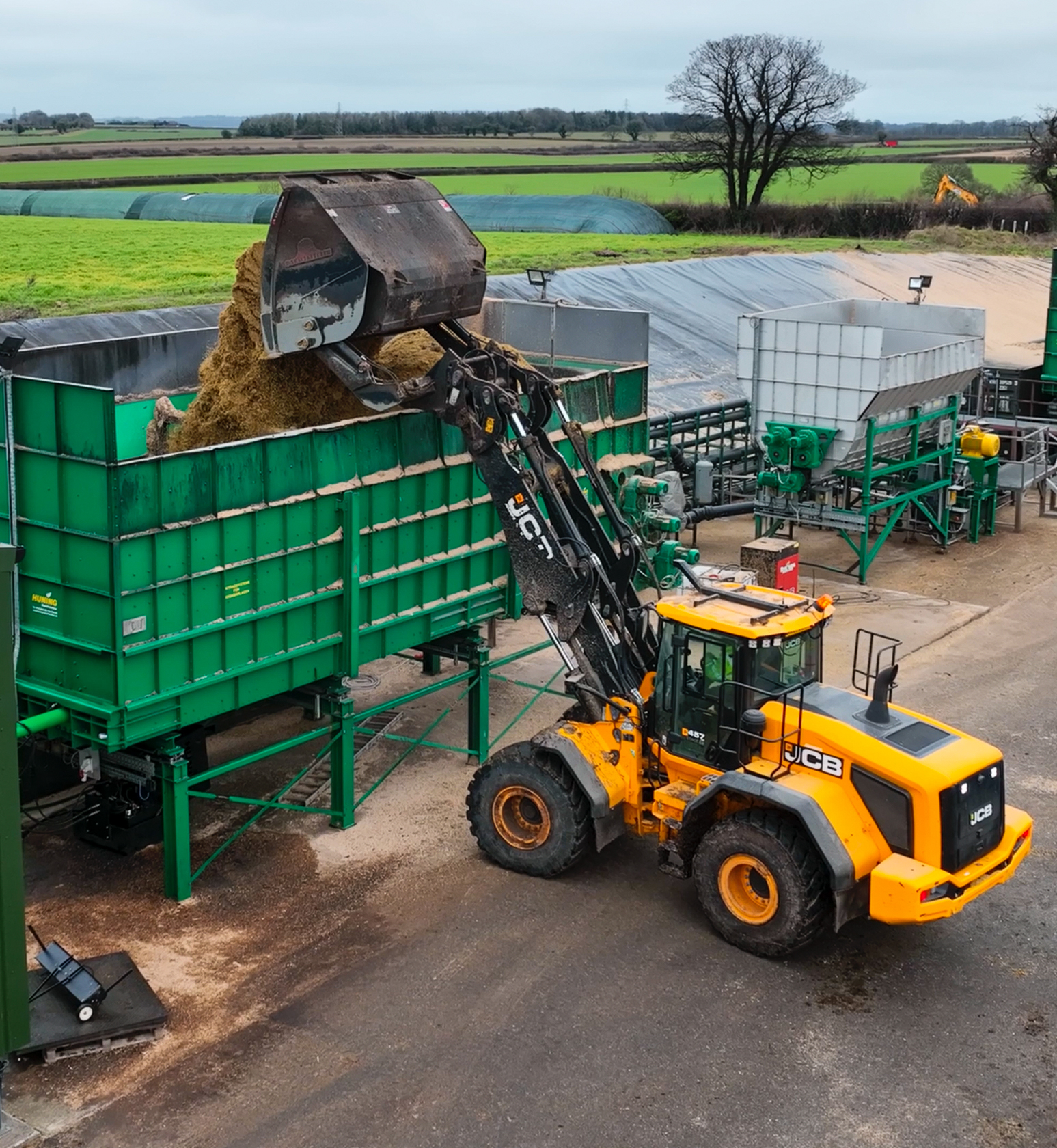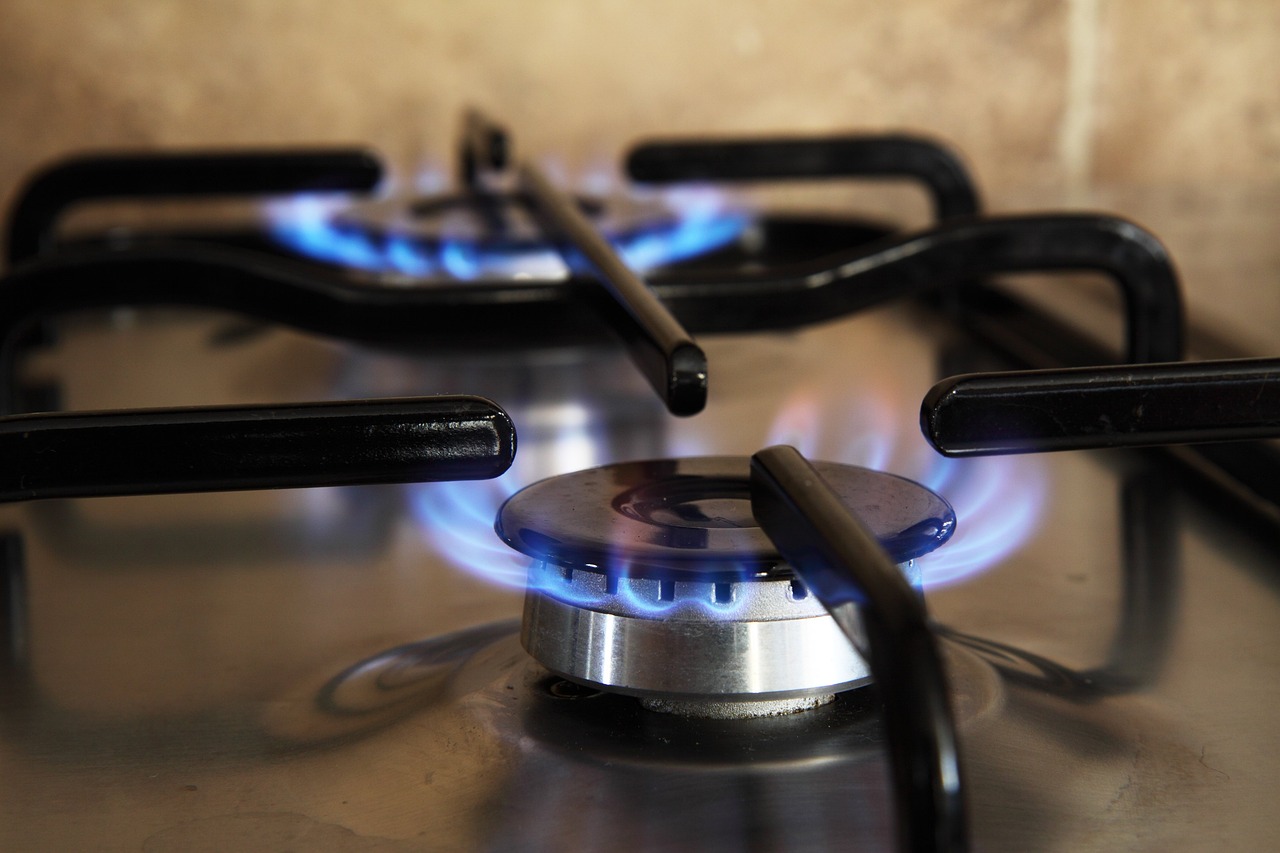Temperatures
Keeping the bacteria happy means keeping them at optimal temperature. Our plant operates in the mesophilic temperature range which is between 37 and 46 degrees centigrade.
Apsley Farms is the UK’s third largest biomethane plant, supplying renewal natural gas to the UK gas grid since 2014. We manufacture the gas in our biodigester facility, which breaks down plant material obtained from our own and neighbouring farms. With a carbon footprint of around one-fifth of ‘natural gas’, Apsley Farm’s biomethane production provides a sustainable fuel to help meet the UK’s energy needs and climate targets.
Biomethane is a greener, sustainable alternative to natural gas. Once properly treated, it can be fed into the gas grid as a direct replacement to supply homes, industries and public buildings.
The difference between the two gases is the original source:
Natural gas
Obtained from underground reserves. Around half of the UK’s supply comes from those under the North Sea and East Irish Sea; the rest is imported by ship and long-distance pipelines. The energy costs (and therefore carbon footprint) of extracting, processing and transporting natural gas are considerable. Far worse, leaks of methane from these processes add huge quantities of this potent greenhouse gas to the atmosphere.
VS
Biomethane
Biomethane (renewable natural gas) is created by refining the biogas produced by the bacteria which breaks down plant material which has absorbed atmospheric CO2 in order to grow and create biomass.
This is an inherently lower energy process than extracting fossil fuels. When derived from the right crops, and using optimal farming and production techniques, biomethane can be produced with a much smaller carbon footprint, and with minimal leakage of methane. Our green gas is also produced closer to end-users, reducing transport emissions and carbon footprint.
By any measure, biomethane produced through efficient and environmentally responsible methods is a cleaner, greener and more sustainable alternative.

The process begins with feeding plant material into our biodigesters. Our three primary biodigesters can handle around 300 tonnes of plant material a day. Inside our biodigesters, nature gets to work, thanks to 37,000m3 of bacteria-rich material we have grown.
One of our biodigesters is the largest primary on-farm digester in the world.
Anaerobic digestion is a series of chemical reactions carried out by bacteria in the absence of oxygen. The bacteria digest organic matter, such as plant material, to produce methane, CO2, and a range of other trace gases, collectively described as biogas. There are four main stages to the reactions.
At Apsley, the digestion process takes place within our five biodigesters; our smallest two biodigesters are cylindrical above ground tanks and our biggest three are lagoon type digesters which are bespoke and designed in-house. Our biggest digester is 84m long and 8.5m deep, holding 14,800m³ of digestate.
For anaerobic digestion to work optimally, the conditions have to be just right. Small variations in feed mix, feed quantity, temperature, pH and trace elements can affect gas production. The Apsley Farms team constantly monitors conditions within the biodigesters, making adjustments as required.
Our on-site laboratory carefully monitors conditions within the digesters. Each one requires slightly different conditions. Some of the most important variables we monitor are:

| Compounds | Biogas | Natural gas | Unit |
|---|---|---|---|
| Methane | 50 – 60 | – | mol % |
| Carbon dioxide | 40 – 50 | ≤ 2 | mol % |
| Hydrogen sulfide | ≤200 | ≤ 5 | mg/m3 (STP) |
| Ammonia | ≤50 | 0.5 | mg/m3 (STP) |
| Oxygen | ≤2 | ≤ 0.5 | mol % |
| Nitrogen | ≤8 | ≤ 5 | mol % |
| Water | 37 at 1 bar | ≤ 8 at 40 bar | °C |
| Combustion heat | 6.7 – 8.4 | 10.7-12.8 | kWh/m3(STP) |
| Wobbe index | 6.9 – 9.5 | 13.3 – 15.7 | kWh/m3(STP) |
The untreated gas contains around 45% CO2 and this can be removed by passing the biogas through a triple membrane system. As the CO2 and methane molecules are different sizes, the membranes act like a sieve, allowing the two gases to be separated.
Our recovered CO2 is cleaned, processed and stored for use within the food industry.